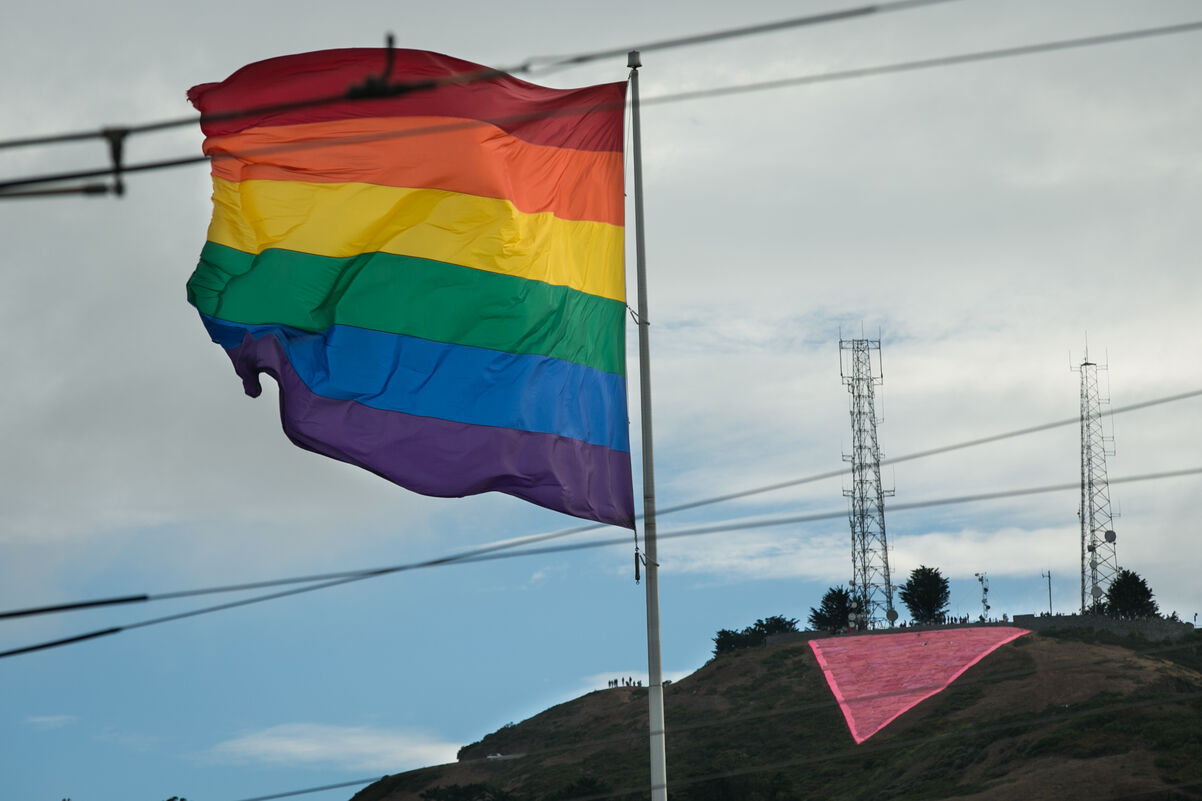We as gay men are lucky to live in the time that we do. Although much work is still to be done in terms of fighting social stigma and achieving equality, it’s never been easier to live an open and active life. With apps like Grindr and what remains of queer nightlife, there are plenty ways to meet a guy, whether for love or something more temporary.
Younger generations might not fully understand that it wasn’t always this convenient. Only decades ago (before apps and websites), gay men had to know where the bars were hidden away or had to risk cruising in public parks and restrooms for action, all while remaining suspicious of cops and violent homophobes.
During this era of pre-Grindr pursuits, there were various ways to tell who else was looking. For instance, the “look-back” or the “1, 2, 3, turn” states that if you walk past a guy, count to three, look back, and he’s looking back too, he’s interested. But even in the simple accessories we wear, there are ways to signify what team we play for. It’s a stylish way to say you’re looking.
Green carnation
A man far ahead of his time, Oscar Wilde was an outspoken queer literary icon. A notable eccentric, his trademark accessory was a green carnation worn as a boutonniere. He’d once arranged for an actor in one of his plays to wear the flower, as well as some of his friends in the audience. In both the character and Wilde himself, it represented rebellion against society, being an unnatural color for the flower. Since then, the author’s followers and fellow queer creatives have often sported the green carnation as a symbol of their queerness.
Red necktie
Even during the early 20th century in New York City, gay men were present, no matter how down low that presence may have been. For those who weren’t as flamboyant with their representation, a simple red necktie was worn in various gay circles. If you wore it in cruising areas, it was a signal that you were on the hunt. These days, it’s more notably a popular fashion accessory in the political scene.
Pink triangle
This symbol is rooted in a much more dire part of our history. During the Holocaust, the pink triangle was used by Nazis to identify queer prisoners. But in the same style as many symbols of oppression, this one was taken back by the oppressed. Since then, it’s been used a symbol of resistance, particularly by groups like ACT UP.
Hanky code
Something that still holds up today is the handkerchief color code. Having begun in the ‘70s, gay men have long worn various colored bandanas in their back pockets. Although it’s a cute accessory, each color expresses a different sexual desire, so a knowledge of the hanky code is crucial. You can let guys know if you’re into licking armpits, tit torture, or piss play, and you can even clarify if you prefer to give or receive by wearing it in the left or right pocket.
Earring
Plenty of us millennials remember this gay code from our youth. Although male earrings have popped in and out of style for centuries among various cultures, for a short time during the ‘90s, it was an obscure way to signal you were gay. More recently, the jewelry accessory has become a bit more mainstream for men, both gay and straight.
Don't forget to share:
Help make sure LGBTQ+ stories are being told...
We can't rely on mainstream media to tell our stories. That's why we don't lock our articles behind a paywall. Will you support our mission with a contribution today?
Cancel anytime · Proudly LGBTQ+ owned and operated
Read More in Impact
The Latest on INTO
Subscribe to get a twice-weekly dose of queer news, updates, and insights from the INTO team.
in Your Inbox













